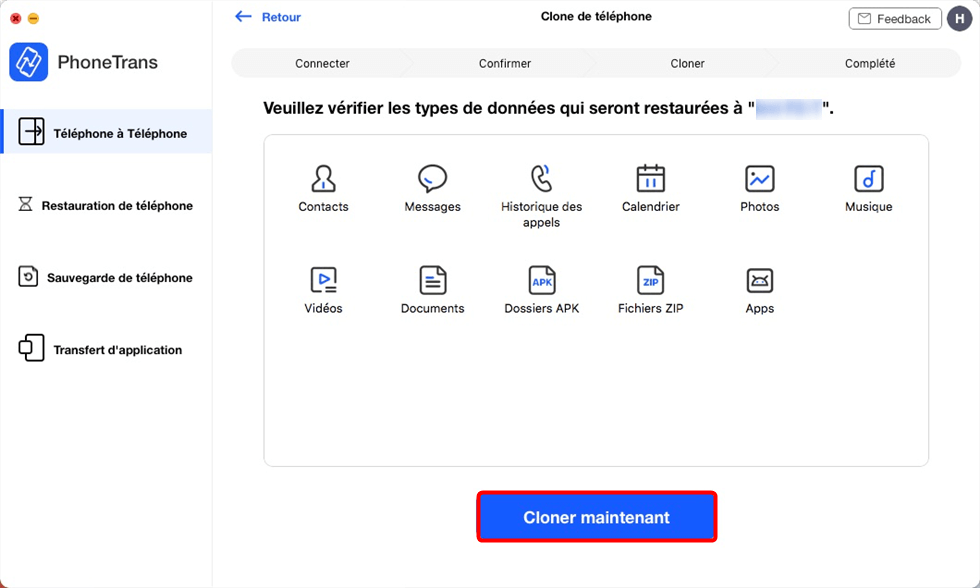Until macOS 10.15 Catalina, Mac users knew: their startup volume was a single volume, just as it appeared! (Okay, for Fusion drive users, there are two physical drives managed by software to appear as a single “disk drive,” but that’s separate from the data organization that is a volume on a drive.)
As I wrote a couple of months ago, Apple relies on a feature in APFS (Apple File System) called “volume group.” This allows macOS to link together two separate volumes to appear as a single drive. Apple chose this method as a way to enhance security, putting read-only system files on one volume and your changeable data, home directory, preference files, and all the rest on another.
Serial Cloner is a Molecular Biology software that provides tools with an intuitive interface to assists you in DNA cloning, sequence analysis and visualization. Serial Cloner 2.6 handles Features/Annotations and allows to define, import and export, customized lists of Features. User can annotate any sequence portion or use the automatic scan to detect common features. Serial Cloner is a powerful tool for the laboratory staff and the students who work with nucleotide and peptide sequences. It deals with the analysis and visualization of sequences in the field of.

But where does this leave you if you want to clone your startup volume and create a backup that can be used as a one-stop shop for restoring a failed drive or Mac, or which can be booted from? Fortunately, all the software you need is up to date.

Time Machine correctly archives your entire startup volume (as well as other volumes you might specify), letting you restore a Catalina drive as you would a previous version of macOS.
Carbon Copy Cloner ($40) has supported making full clones that boot with Catalina since August 2019. If you haven’t used CCC in a couple of years, you need version 5 for Catalina support.
SuperDuper! ($28) released version 3.3 in November with full Catalina backup and boot support. Its maker, Shirt Pocket Software, has never charged for updates, so if you own any previous release you can download and use the latest version.
This Mac 911 article is in response to a question submitted by Macworld reader John.
Ask Mac 911
We’ve compiled a list of the questions we get asked most frequently along with answers and links to columns: read our super FAQ to see if your question is covered. If not, we’re always looking for new problems to solve! Email yours to mac911@macworld.com including screen captures as appropriate, and whether you want your full name used. Not every question will be answered, we don’t reply to email, and we cannot provide direct troubleshooting advice.


Note: When you purchase something after clicking links in our articles, we may earn a small commission. Read ouraffiliate link policyfor more details.
- Related: